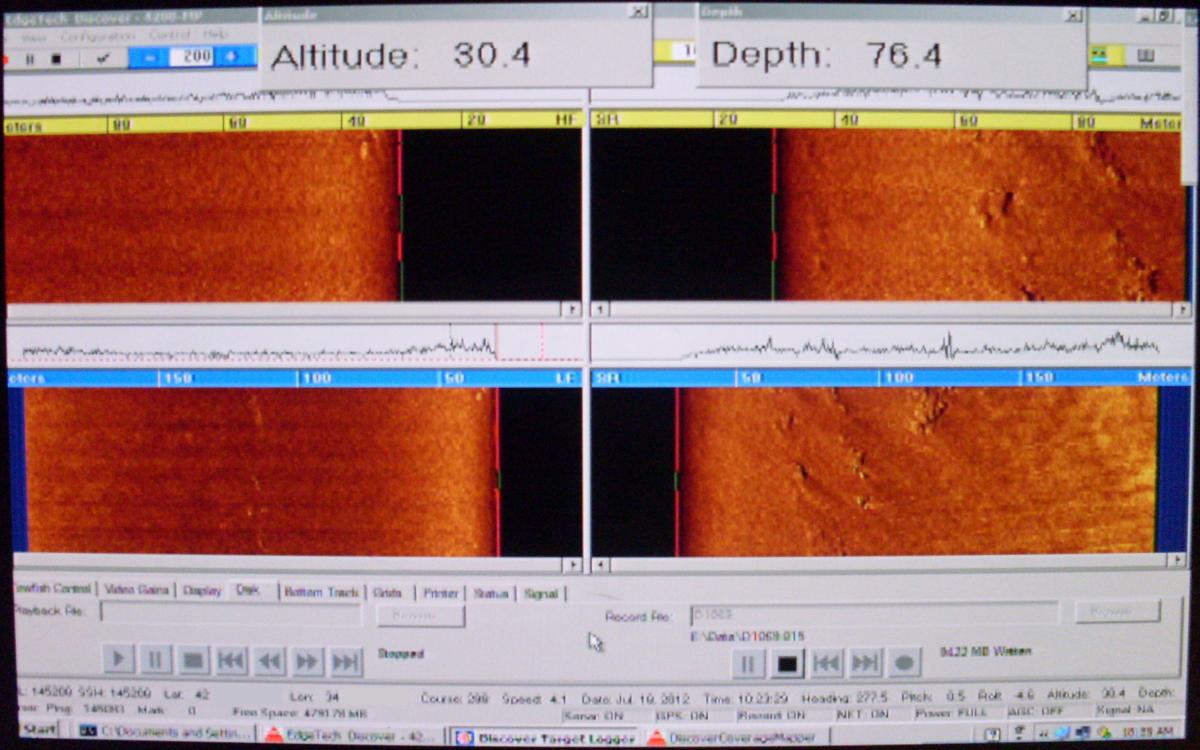
Mutation is an older term that is still sometimes used to mean pathogenic variant.Ī person who has an autosomal recessive disease receives a gene with a pathogenic variant from each of their parents. Recessive means that both copies of the responsible gene must have a disease-causing change (pathogenic variant) in order for a person to have the disease. Genes, like chromosomes, usually come in pairs. Autosomal means the gene is located on any chromosome except the X or Y chromosomes (sex chromosomes). When two carriers of an autosomal recessive disease have children, there is a 25% (1 in 4) chance to have a child who has the disease. Carriers of an autosomal recessive disease usually do not have any symptoms of the disease. Each parent is a carrier which means they have a pathogenic variant in only one copy of the gene. Sources to Learn More: What Is a Gene? (MedlinePlus) What Are Proteins and What Do They Do? (MedlinePlus)Īutosomal means the gene is located on any chromosome except the X or Y chromosomes (sex chromosomes). Sources to Learn More: What Is a Gene? (MedlinePlus) What Are Proteins and What Do They Do? (MedlinePlus) Understanding what genes are and how changes in genes may affect the body can help you on the journey to diagnosis and treatment of a genetic disease.

Others make RNA molecules that are involved in chemical reactions in the body. Some genes can turn other genes on or off. Proteins are needed for the structure, function, and regulation of the body's cells, tissues, and organs. Some genes serve as the instructions to make proteins. DNA is found in the nucleus of a cell and, in humans, is packaged into 23 pairs of chromosomes with the help of special proteins.Įach gene performs a different job in our cells. Cells are the building blocks of all living things and specialized cells form our body's organs and tissues. Genes are part of our DNA, the basic genetic material found in each of our body's cells. (It may be the same discomfort that brought you to the doctor originally).Understanding what genes are and how changes in genes may affect the body can help you on the journey to diagnosis and treatment of a genetic disease. During the injection you may experience abdominal cramping or pain and nausea, however this will pass quickly.

Following the examination you may resume normal activities.ĬCK (Cholecystokinin) is a medication given to contract the gallbladder to assess gallbladder function.Images will be taken for 25 additional minutes. An injection of CCK (Cholecystokinin) administered by a radiologist or a nurse will be given over 3 minutes.The time for this first scan is 60 minutes. You will be asked to lie still during the images.A small needle will be inserted in your arm and you will have an injection of a radioisotope.Report to Radiology approximately 20 minutes before your scheduled time if you have not been contacted by the Admitting Office.You may take your medications with a sip of water. You must fast for four hours prior to your exam.Please follow these simple instructions so that we may best serve you.

Your doctor has ordered a CCK Hida Scan to assess gallbladder anatomy and function. Home » Patient Preparations » CCK Hida Scan


 0 kommentar(er)
0 kommentar(er)
